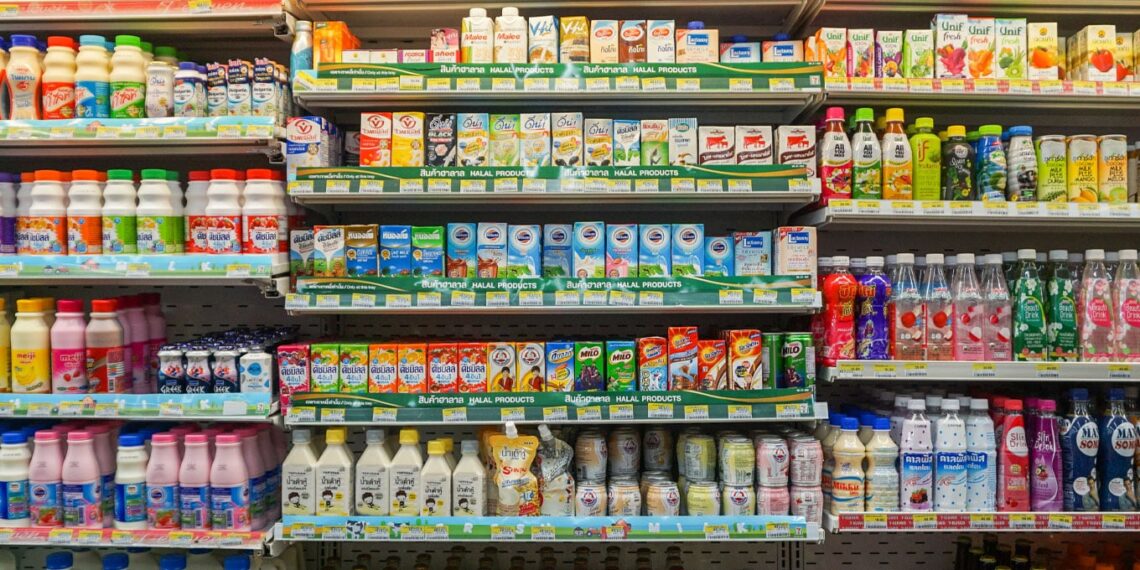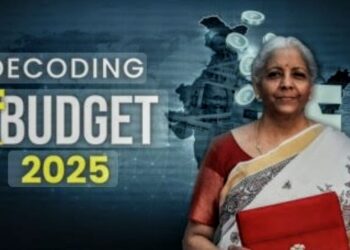Ajitansh Kar, Gurgaon, 20th August 2022
The world was first hit by covid-19 in November 2019 and this completely changed the landscape of the world economy and the monetary policies of several central banks. Governments around the world were forced to reduce interest rates and induce more capital towards the markets in order to boost small and large businesses and keep the economy stable. This was seen as a success by many economists and politicians around the world but the inflationary problems which it created led to a substantial decrease in the profitability and margins of different sectors and industries.
The Fast Moving Consumer Goods (FMCG) was one such sector which was impacted heavily across the globe because of the high inflation rates. People were not willing to spend more than what was essential due to the rising prices and, more importantly, the uncertainty and sense of fear created by the pandemic. This led to a significant drop in terms of sales volume for the sector. The sector also witnessed low margins due to increasing costs of raw materials and other inputs. Companies with strong market presence and brand value were able to tackle the second problem easily by passing on their costs to the consumers and maintaining their margins.
In India, it is expected that volume growth will remain sluggish for the next quarter or two, but companies believe otherwise and are optimistic that sales volume will pick up again due to the upcoming festive season. Companies believe that ease of restrictions imposed due to the spread of Covid-19 will lead to a sales growth of 15-20% during the upcoming festive season which has already started with Raksha Bandhan and Janmashtami that were celebrated recently. The next two quarters of this fiscal (Q3FY’23 and Q4FY’23) will be important to watch for the sector as most Indian festivities lie between these quarters.
The growth outlook for the sector also looks quite promising with an expected cumulative annual growth rate (CAGR) of 14.9%. This would enable the sector to double its market share from $110 billion in 2020 to $220 billion in 2025. It is expected that favourable demographics and the rise in disposable income level of the people will drive the sector’s growth in the upcoming decade. The revenue growth for the sector is also said to double from a 6% growth in FY21 to 12% in FY22. Price increases across product categories will help offset the rising input costs.
The Indian FMCG sector presents a great opportunity for companies to capitalise on as the rural markets still have very low penetration. The sector is still dependent upon unorganised players like “Kirana” stores and local grocery shops to fulfil the needs of people in villages and small towns. Companies such as Nestle India and Flipkart are currently focusing on growing their distribution channels and networks in the rural areas. Nestle India plans to broaden its reach to 1.2 lakh villages (with an average population of 5000 per village) over the next two to three years. Flipkart has also signed a Memorandum of Understanding (MoU) with the Ministry of Rural Development of the Government of India for their ambitious Deendayal Antyodaya Yojana – National Rural Livelihood Mission (DAY-NRLM) programme to empower local businesses and self-help groups (SHGs) by bringing them into the e-commerce fold.
The per capita income of the country is also on track to increase from US$1761.63 in 2016 to US$3277.28 in 2024. This will lead to the generation of more disposable income for the consumers to spend more on premium products to enhance their quality of life. Thus, the future of the Indian FMCG sector looks very promising despite a few grey clouds.







